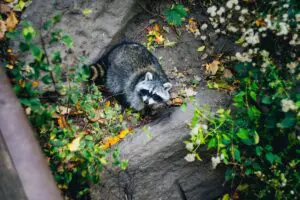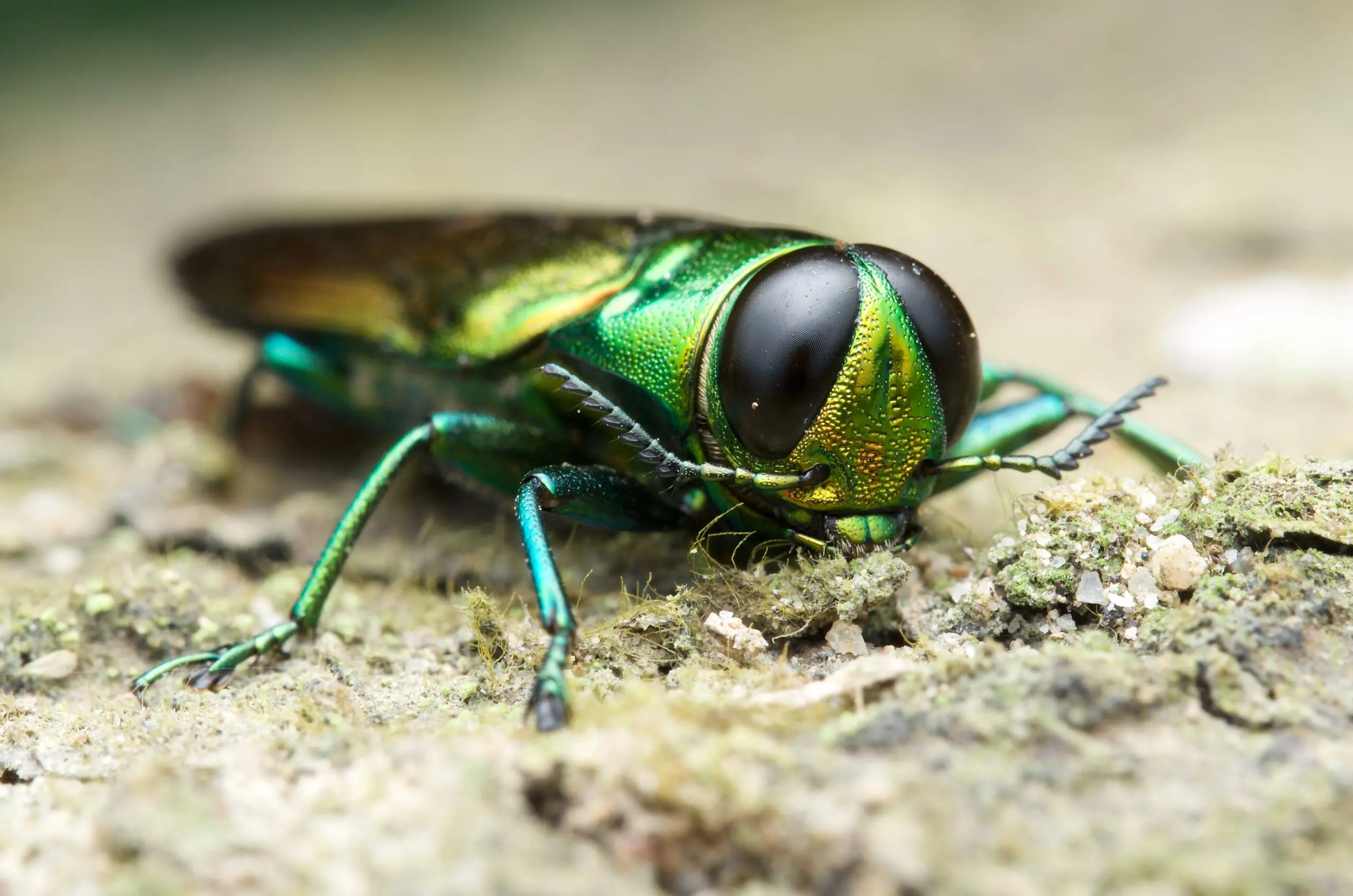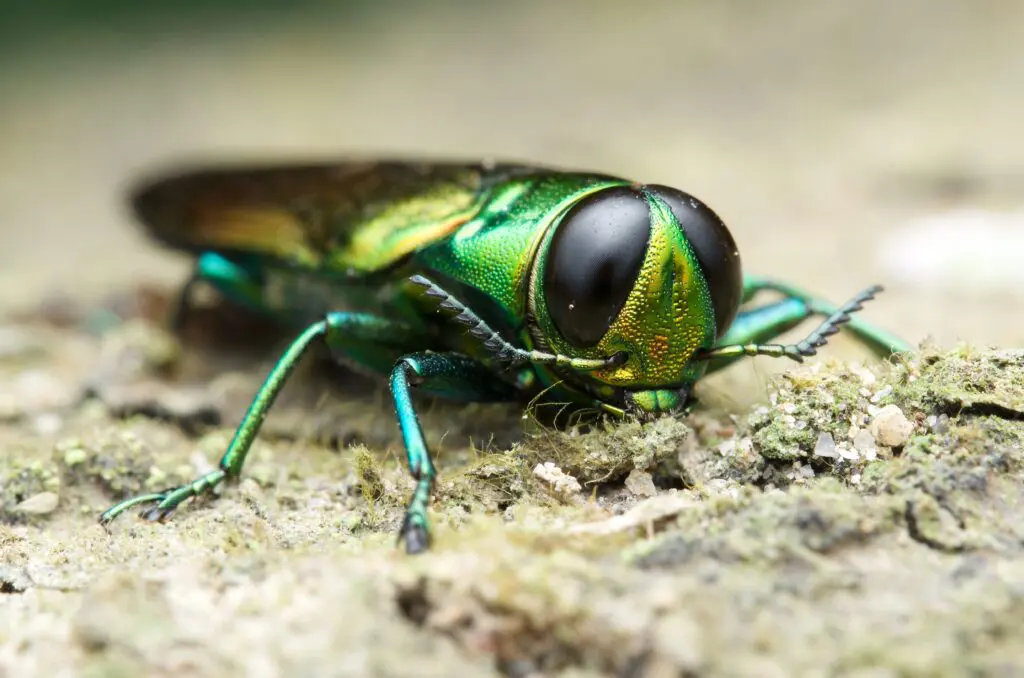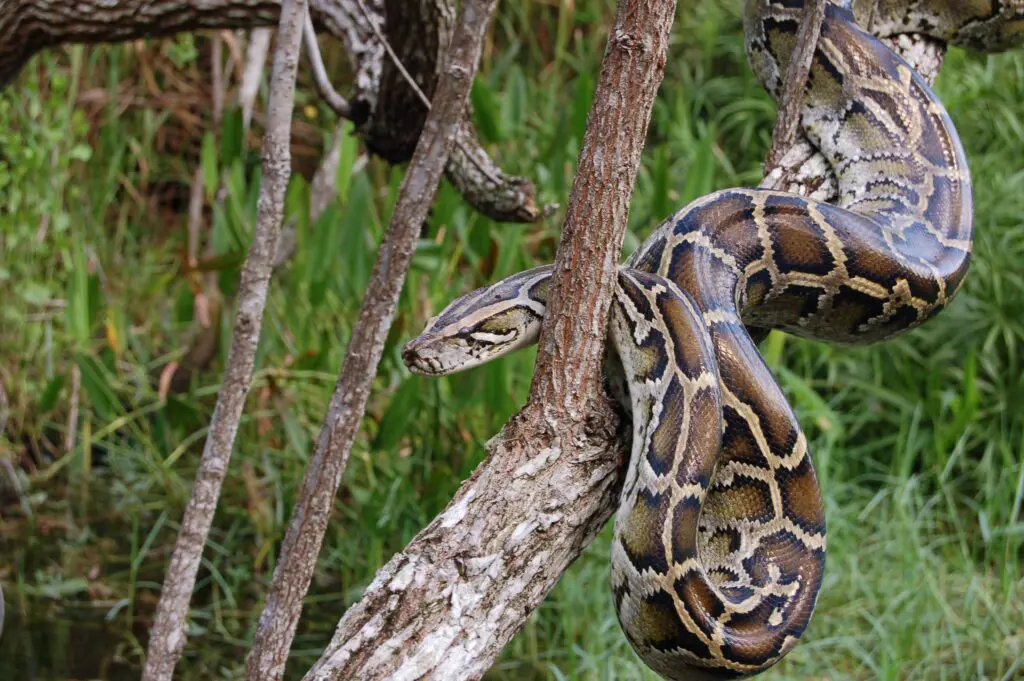

The United States is home to more than 6,500 invasive species, all of which have the potential to damage the habitats they invade. To help spread awareness about the effect of invasive species, we gathered some info on 5 of the U.S.’s most common non-native animals, including where they came from and the hazards they present.
Feral Swine
Also referred to as wild boars, hogs, or pigs, feral swine are really just domesticated pigs that either escaped or were released into the wild. Pigs originally arrived in America at some point during the 16th century. They are native to Eurasia, where they were domesticated and subsequently brought over to feed the colonists. More were brought over in the 1990’s for sport hunting. Due to their popularity as a meat option, millions of pigs are farmed in the U.S. every year- in other words, there are millions of opportunities for pigs to escape into the wild and establish populations. They are prolific breeders, so their numbers can grow rapidly. In fact, rising feral swine populations have become a problem in 35 states, including Florida. Their voracious rooting and eating habits cause roughly $1.5 billion in agricultural damage each year. They also cause significant damage to ecosystems by eating bird and turtle eggs, causing soil erosion, and uprooting seedlings which leads to deforestation. What’s more, feral swine pose a significant danger to humans. They can grow to be several hundred pounds with sharp teeth and tusks, and they are very aggressive. They have also been known to transmit diseases like swine flu, salmonella, pathogenic E. coli, hepatitis, and more. To top it all off, they commonly collide with vehicles in areas with high populations.
Many states affected by feral swine populations allow hunters to shoot wild pigs on sight. Select areas of some of these states are also part of The Feral Swine Eradication and Control Pilot Program implemented by NRCS and APHIS, two agencies of the USDA.
Emerald Ash Borers
These metallic green members of the jewel beetle family pose no ecological or economical threats in their native Northeast Asia. Unfortunately, they are far from harmless in the areas they’ve invaded. They are thought to have been brought to the U.S. accidentally in wooden packaging materials, and were first identified in Michigan in 2002. Since then, they have killed tens of millions of ash trees across 30 states. The ash tree is considered vital in certain ecosystems, and its wood is used to make countless popular products. Many states have tried to control emerald ash borer populations by enforcing quarantines on wood transports, but they have proven to be extremely hard to contain.

Burmese Pythons
Burmese pythons are tan with dark brown, irregularly-shaped spots all over. These snakes can grow to be more than 20 feet long! They are native to Southeast Asia and were brought to America through the international exotic pet trade in the 1980’s. Miami in particular became home to thousands of exotic species, Burmese pythons among them. Before too long, the snakes began to establish themselves in the wild, partially as a result of Hurricane Andrew, which destroyed a python breeding facility in the early 1990’s. The first established populations of Burmese pythons were reported in 2000, and they have wreaked havoc on Florida’s ecosystems ever since. They have eaten around 90% (up to 99% in some cases) of the small- and medium-sized animals in the Everglades. In addition to their gluttonous eating habits, Burmese pythons are taking resources away from native species, causing those species’ populations to decline as well. Fortunately, they almost never attack humans.
Since they have no natural predators on this continent, Florida allows the humane killing of burmese pythons year-round.

Nutria
Better known as swamp rats, these large, semi-aquatic rodents look like a mix between a beaver and a sewer rat. They grow to be around 20 pounds. They were brought to Louisiana from South America in the 1930’s as part of the fur trade, and they were released into the wild as the industry died. Their wild populations grew and spread rapidly due to their excessive breeding- a female nutria generally has three litters of up to 14 babies every year! Rapid population growth is not the main problem they pose, though. Their gnawing and burrowing causes considerable damage to crops and destabilizes structures like bridges, levees, and roads. Their effect is not only felt by humans- nutria cause such significant soil erosion that they turn swamp areas into open waters and destroy the habitats of numerous animals like crabs, juvenile fish, and muskrats.
Domestic Cats
That’s right! Many people’s favorite furry companion is actually considered an invasive species in the U.S., and they are a destructive one at that. Outdoor and feral cats are the real culprits, as indoor cats have little to no effect on their surrounding ecosystems. Historians believe that cats were originally domesticated in ancient Egypt, after which the pets made their way to Europe and, subsequently, America. Since their arrival, they have aided in the extinction of more than 60 mammal, bird, and reptile species according to the American Bird Conservancy. They kill more than 12 billion mammals and 2 billion birds each year in the U.S. alone, and according to a 2015 study they account for nearly 75% of non-natural bird deaths. They transmit various diseases to animals in the wild as well. The most effective way to help prevent their environmental destruction is to keep all pet cats indoors.

It is important to do what we can to limit the damage caused by invasive species. If you’re looking to help out in your area, check out the USDA’s National Invasive Species Information Center. Got a species invading your property? Give Excel a call today and we’ll get the pests out for good.






